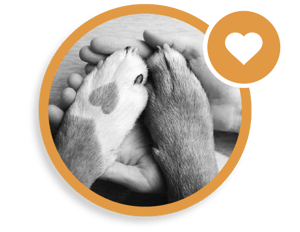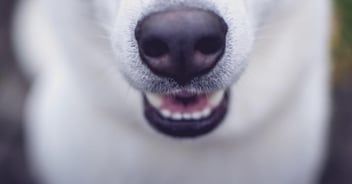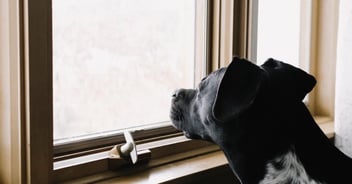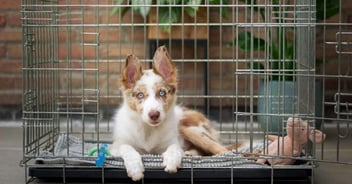Your Essential Puppy Training Checklist
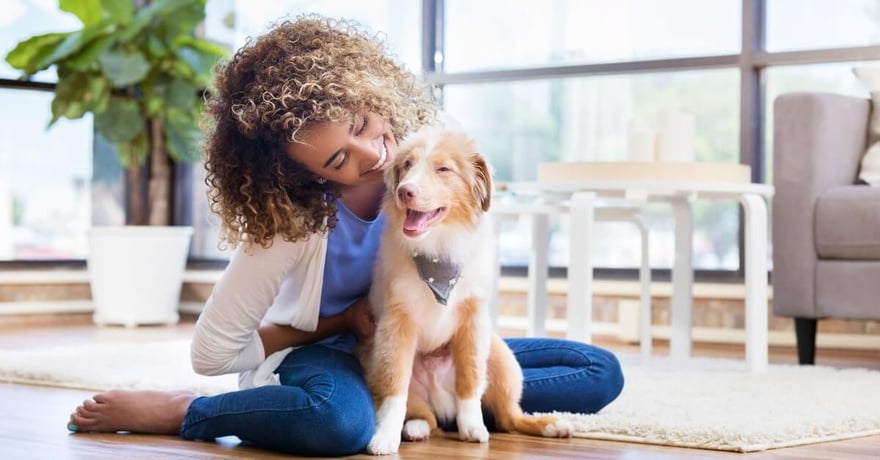
Bringing home a new puppy is an amazing thing and an exciting time. In the first year of owning a puppy – the entire family will experience something new and magical together. It will be a really impressionable time for your puppy as they navigate their new new surroundings and new people.
There's a lot for a new puppy to learn and it might seem a little overwhelming at first (spoiler alert on potty-training!), the good news is you have an enthusiastic student. Puppies are eager to start learning as soon as you bring them home.
You should always consult regularly with your veterinarian in the first weeks and months of life with your puppy - and navigating your puppy's first vet visit is especially important. For additional insight, we’ve put together this article to explain some basic puppy training tips and concepts that can help you get started.
Potty-Training
If you’re wondering when to start training a puppy in the area of potty-training, it should really be one of your first priorities. No one wants to deal with surprises on their living room rug or bedroom floor, so learning the best way for your young dog to take their potty breaks is important. Here are some key tips when it comes to potty-training your puppy.
Learn their cues
Observation is key - you need to know when your puppy is going to take a toilet break before they actually start doing their business, so you can stay on top of the situation. Do they walk around in a circle, whine, start scratching, or act in any other consistently noticeable ways before an expulsion? If you can notice this early on, you’ll better understand your dog and know when to start dealing with the situation.
Create a routine
Dogs thrive in routine, which does include the moments when nature calls. Try to align their daily walks with convenient times for potty-breaks, whether after meals or post–playtime. Either way, try to keep timings completely consistent, so they build the proper association with the outdoors and doing their business.
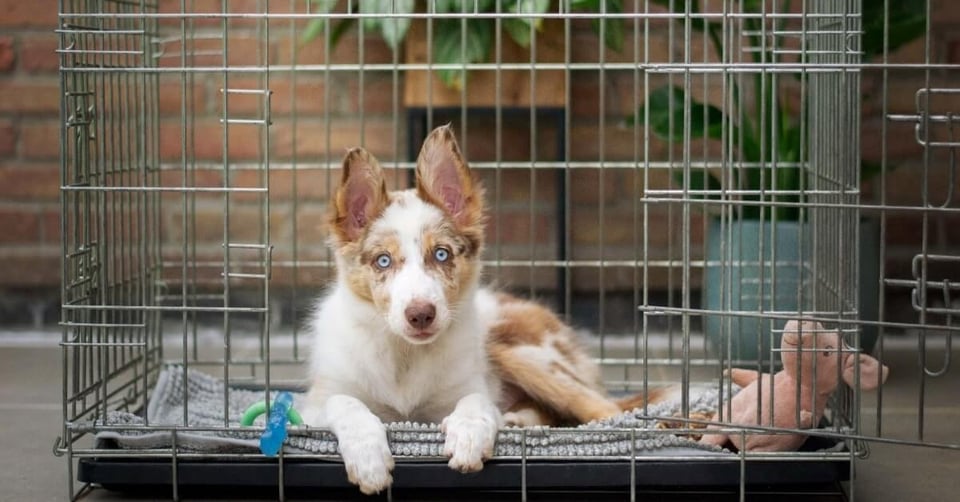
Crate Training
One thing you have to decide is whether a crate will be a part of your dog training agenda, with the pros and cons debated by dog owners all over the world. If you’re set on using crate training with your puppy, it’s important to approach it in the right way.
Create a safe space
One of the key facets of using crate training is following the vet-supported concepts of making sure the crate feels like a safe, secure, and inviting place for the puppy to go to. It should never feel like a prison for the dog, but rather a place for them to rest at the end of the day. With positive reinforcement, crate training’s effects can bleed into potty-training, separation anxiety, and generally respect training your puppy.
Pair it with a command
If you ensure that you only send your puppy to its crate with warm and positive commands, the training will work much better. Choose a command to use consistently, like “go to bed” or “go to your crate” and make sure to use a warm, friendly tone, without ever indicating that the crate is being used as a punishment.
Using Toys Effectively
Playing with your pooch is some of the most fun you can have, but teaching them when they’ve earned playtime is an important element of training for puppies and toys can be very useful in streamlining this process.
Reinforcement
Puppies love their toys, but it’s important to gauge their reactions to them being offered and taken away. If your pup remains calm when their toys are taken away, reward them by returning the toy to reinforce this calm behavior. If they do the opposite, becoming growling, resistant, or attempting to bite, withhold the toy from them until they relax.
Teaching
When it comes to teaching your dogs the basic five commands of walking without a lead, coming to you when called, sitting, laying down, and staying, toys are a great tool. Excessive treats can be unhealthy for dogs along with being unrealistic in terms of supply, so using a toy for motivation can be a very useful method.
Treats
Puppies and dogs are highly motivated by food generally, but while treats are a great short-term motivator, they’re not a catch-all answer. Handfeeding your dog will strengthen your bond, but ensure that you don’t overfeed your puppy or create too strong of an association between food and good behaviour. You may not always be able to give up the goods the dog becomes accustomed to, so be cautious when giving treats, and make sure to only use vet-approved products rather than human food.
Essential Principles to Remember
- Don’t Repeat Yourself: If your dog doesn’t respond to a command initially, don’t fall into repetition and response. The pattern of repetition will confuse the puppy in terms of quantity, rather than creating an association with the first command.
- Train Realistically: Be mindful of what you’re trying to do, when, and where you’re trying to do it. Your dog in a new location, busy with a new smell, or simply distracted, is less likely to want to practice commands, so train in realistic environments.
- Reward Accordingly: Base your reward system on the setting and effort required to follow commands. If you’re attempting to command a dog in a time or place when they’re more likely to be distracted, offer better rewards as a means of leveraging the situation.
- Punish Cautiously: Pet science has proven time and time again that positive reinforcement works better than harsh punishment. Avoid causing physical discomfort to your puppy as this harsh punishment will do more damage than good.
- Let Them Take the Lead: You need to be patient and allow your pup to be free. Don’t overload them with commands and training, just let them take things at their own pace and discover things for themselves. Guide them with rewards and they’ll develop healthily.
Hopefully, you’ve gained something by checking out this young dog training checklist. If you’re in need of pet insurance for your new puppy in Canada, take the first step by getting a free pet insurance quote from PHI Direct today.
Posted on June 8, 2022 | Categories: Puppy Training
Share